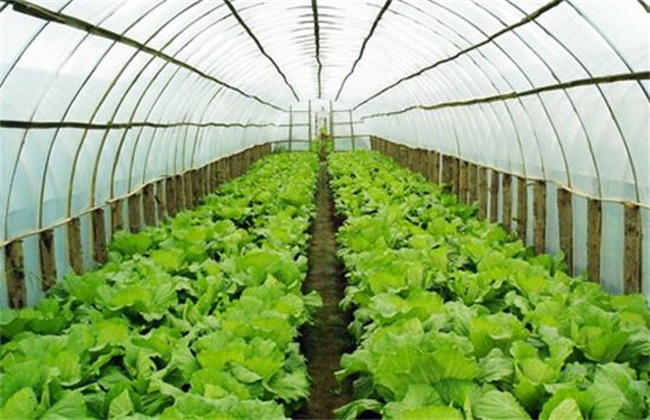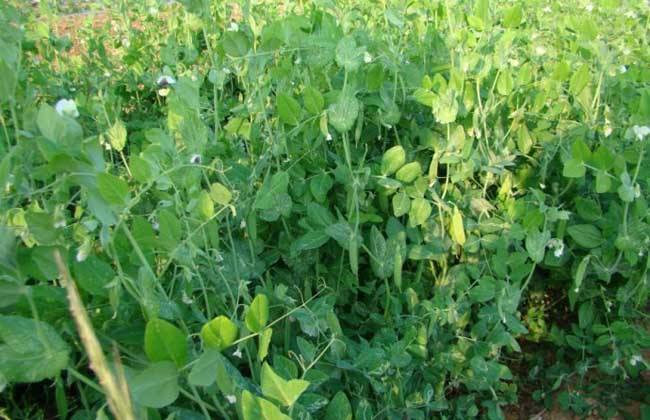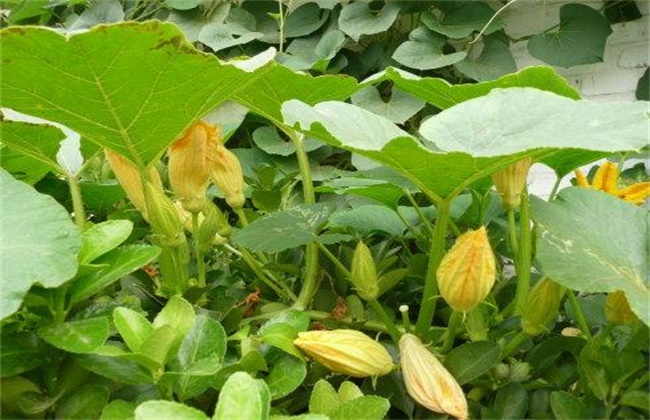Key points of vegetable management in greenhouse in winter
In winter, as the light duration becomes shorter and the light intensity becomes weaker, the photosynthesis of vegetables will be weakened accordingly, so the synthetic nutrients will become lower, and the soil temperature will decrease in winter, which can easily lead to the weakening of vegetable growth, poor fruit growth and other problems. So how to manage greenhouse vegetables in low temperature season in winter? Let's take a look.

1. Keep the temperature under control
First of all, the temperature in the greenhouse should be adjusted to the suitable growth range of vegetables, and a thermometer can be hung at the top of the vegetables. in general, the ground temperature can be 3-7 degrees lower than that of the growing point. if the temperature of the growing point is 34 degrees, then the suitable temperature is between 27 and 30 degrees. This temperature range is the most suitable temperature for photosynthesis. In greenhouse cultivation, plastic film should be covered to ensure adequate soil water supply, coupled with the transpiration of vegetables, reduce the leaf temperature, so that the leaf temperature is about 3-5 degrees lower than the air temperature. Increasing the air temperature in the greenhouse is beneficial to the improvement of the ground temperature. If the ground temperature in the greenhouse is low, it is not only not conducive to the growth and development of the root system, but also affect the absorption of the root system, resulting in the occurrence of a variety of diseases. In general, the soil temperature of about 5 cm in the daytime can be 5-7 degrees lower than the temperature in the shed, and 35-degrees higher than the temperature at night.
2. Control humidity reasonably.
It is necessary to control the watering times and reduce the humidity in the greenhouse, but also to ensure that the water can meet the needs of crop growth and development. The greenhouse is covered with no dripping film, which can reduce the air humidity. If ridge cultivation is adopted, plastic film can be covered, which can not only maintain soil moisture and reduce evaporation, but also reduce air humidity. Vegetables should be planted reasonably and closely to facilitate permeability and reduce humidity. Before film mulching after planting, the soil should be ploughed and loosened in time after watering, so as to reduce evaporation and maintain soil moisture.
3. Increase the ground temperature of the shed.
When growing vegetables in greenhouse in winter, it is best to choose transparent plastic film, which can not only improve the ground temperature, but also have the effect of weeding, but also do a good job in the management of vegetable plant pruning and adjusting field structure.
The above is the winter greenhouse vegetable management essentials introduction, hope to help you, want to know more related knowledge, please follow us.
Related
- Where is it suitable to grow horseradish in China? it is expected to see the middle altitude horseradish in Alishan.
- How to prevent tomato virus disease reasonably? (Control methods included)
- Many people like to plant towel gourd on the balcony. What are the main points of this method and management?
- What crops can chili peppers be mixed with?
- Fertilization techniques and matters needing attention in Tomato
- What are the grafting techniques for peach seedlings in spring?
- Harm and control methods of root swelling disease of Chinese cabbage
- What are the pests of sweet potatoes? How to prevent and cure it?
- Symptoms, causes and Control methods of navel Rot in Tomato
- The cause of "Cucumber rotten bibcock" in Farmers' planting Cucumber and its Control Plan



